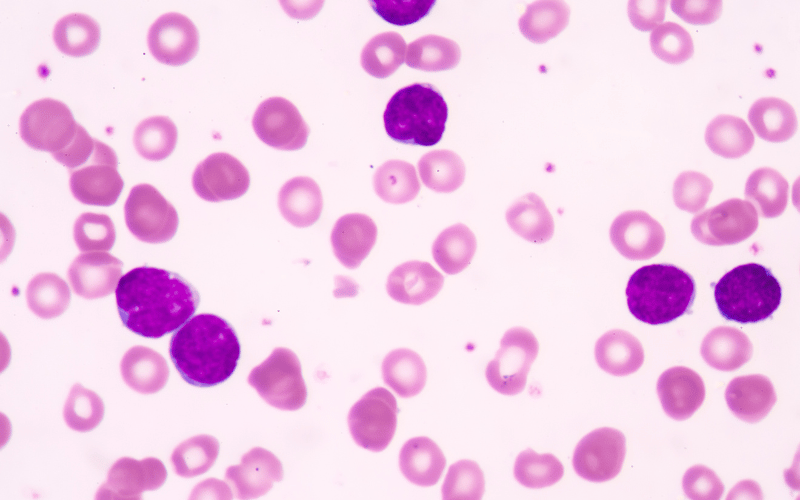Introduction: Acute Lymphoblastic Leukemia (ALL): Vital Information at Your Fingertips

Every day, countless individuals around the globe grapple with medical diagnoses that turn their world upside down. One such diagnosis is acute lymphoblastic leukemia (ALL). This particular form of leukemia, originating from the very cells designed to protect us, has seen increased attention in the medical community over recent years.
With its roots deeply entrenched in the blood-forming cells, ALL disrupts the usual flow of life, often appearing as an uninvited guest in many families’ lives. It’s not just a medical term or a diagnosis—it’s a journey of understanding, coping, and in many instances, surviving. While leukemia is a broad category encompassing various types, ALL’s distinct characteristics make it stand out, raising questions, concerns, and curiosities.
But what makes ALL stand out in the myriad of medical conditions we encounter in today’s age? The answer is twofold. Firstly, its prominence in childhood diagnoses has parents and guardians on edge. No one anticipates a cancer diagnosis for their young one, making the importance of understanding ALL paramount. Secondly, while the term “leukemia” might ring a bell for most, the intricate details surrounding ALL, its diagnosis, treatment, and long-term impact, remain elusive to many.
As you venture through this article, you’ll embark on an informative journey, delving deep into 15 salient facts about ALL. These insights aim to enlighten, educate, and hopefully, empower readers to navigate the complexities of this condition, be it for personal knowledge or to support a loved one affected by it.
Fact 1. The Basics Unveiled: What Exactly is ALL?

Acute Lymphoblastic Leukemia, commonly known as ALL, represents a form of blood cancer that originates from young white blood cells in the bone marrow. Though prevalent in children, it doesn’t discriminate, affecting adults as well. With ALL, the bone marrow produces an abundance of immature white blood cells, overpowering the mature cells.
These immature cells, failing to function properly, crowd the marrow and spill into the bloodstream. As a result, the body’s defense mechanism weakens, leading to frequent infections and other related symptoms. Due to its acute nature, ALL progresses rapidly and requires immediate intervention.
Research has shown a spike in ALL cases in the last decade, though the reasons remain multifaceted. Genetic factors, certain infections, and even exposure to radiation have been linked to ALL’s development. On a positive note, advancements in medical science have paved the way for better treatment options and improved survival rates.
In terms of demographics, children under the age of five witness the highest incidence of ALL. However, after a lull in the middle-aged group, a second peak is observed in older adults. This dual peak phenomenon has piqued the interest of researchers worldwide.
ALL’s impact isn’t limited to the physical realm. Patients often face emotional and psychological challenges. The need for prolonged treatment, coupled with the side effects of medications, poses a significant challenge. Emotional support, therefore, becomes crucial in this journey, emphasizing the role of family, friends, and support groups. (1)